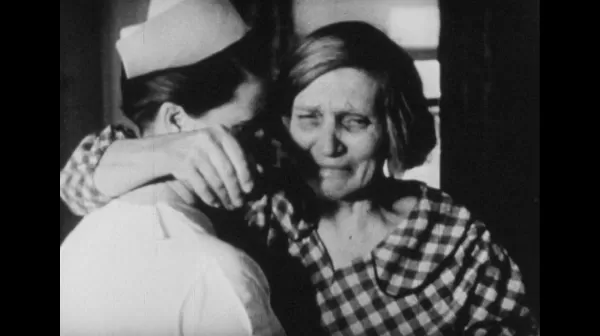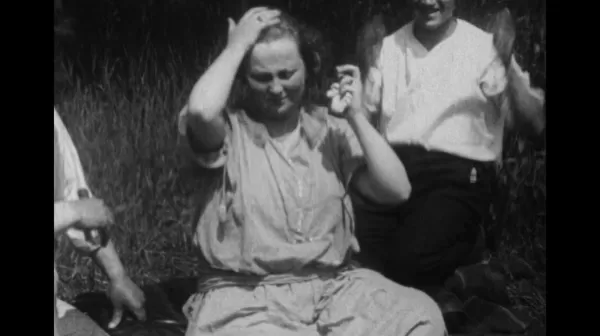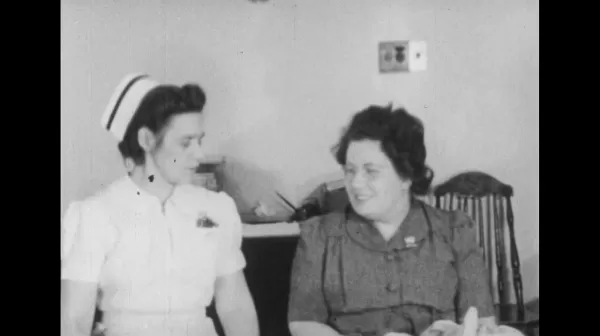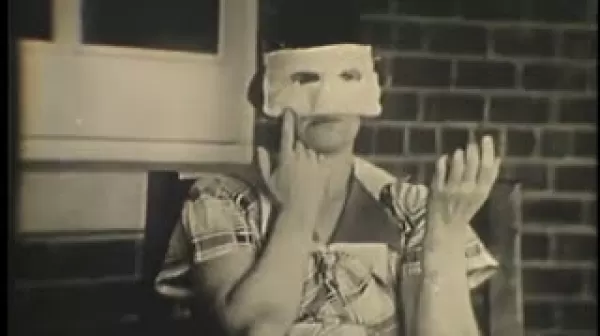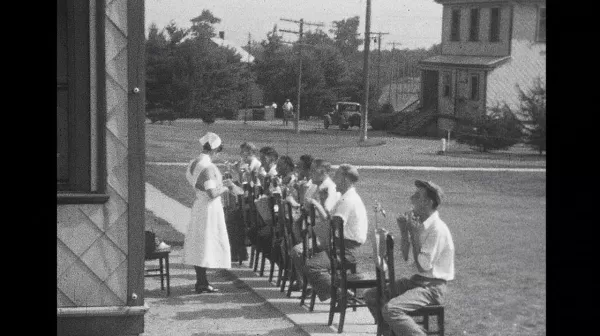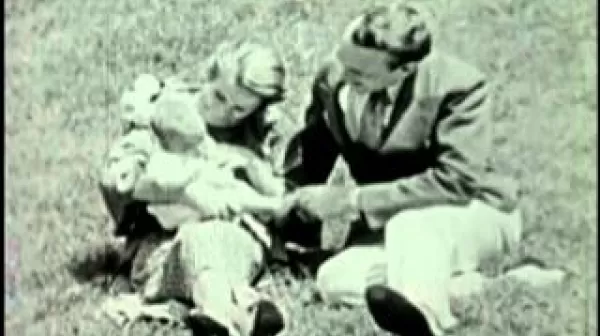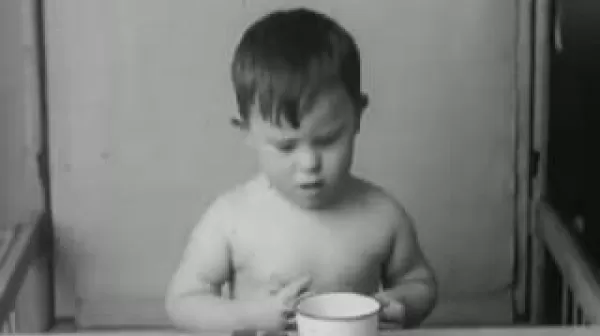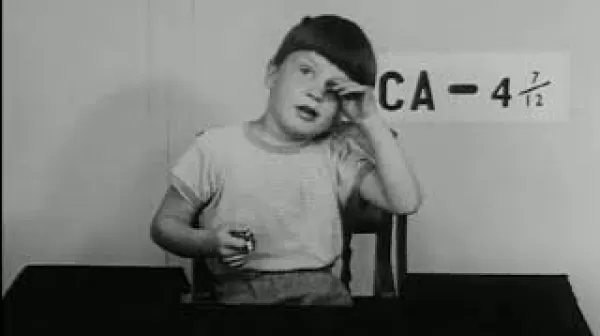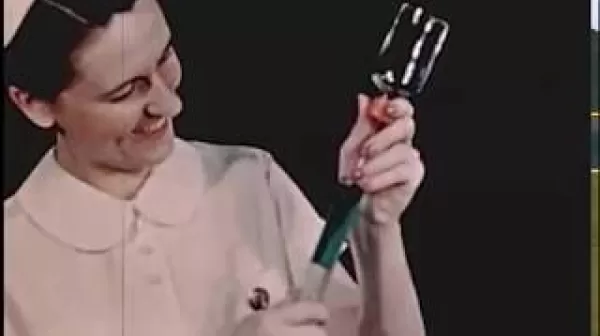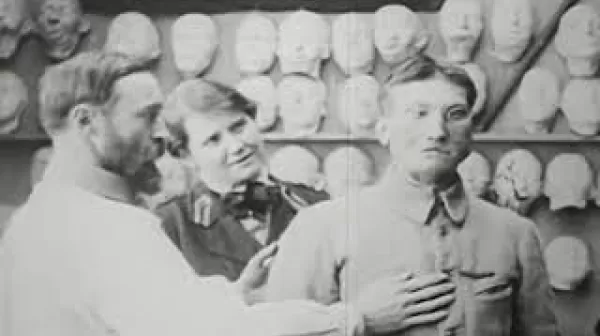Convulsive Shock Therapy in Affective Psychoses (Bishop Clarkson Memorial Hospital, 1943)
This film depicts patients who have been successfully treated for severe depression and manic states with convulsive shock therapy, showing their behavior prior to and following treatment. Patients range in age from 42 to 58 and are in varying states of depression, some suicidal and some with self-mutilating tendencies. The after-scenes show the patients’ improved moods and well-being. The film also shows the effects of metrazol and electroshock convulsions in curarized patients.

